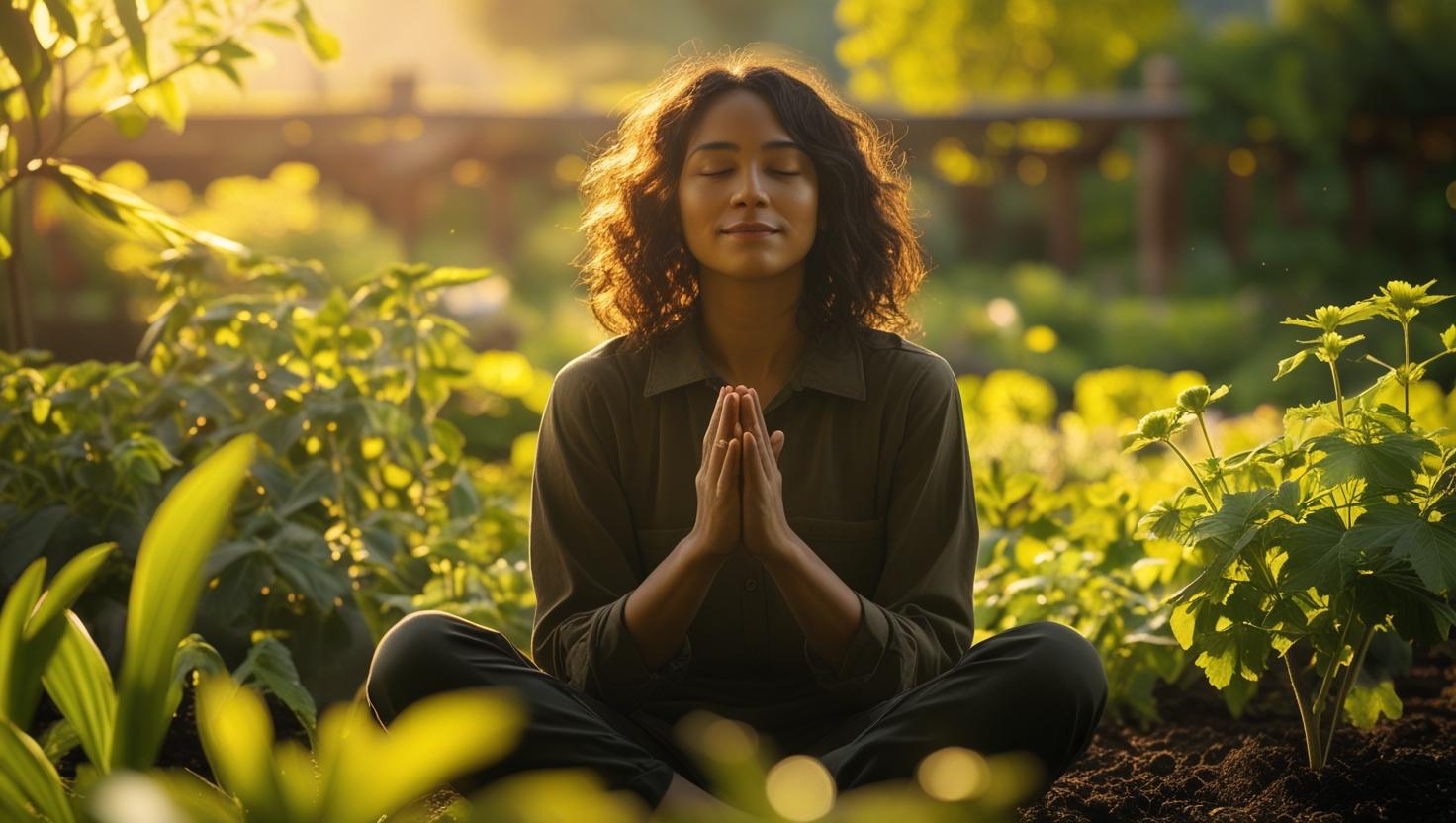Gratitude is more than just saying “thank you.” It’s a powerful mindset that shifts your focus from what’s lacking to what’s already present and meaningful in your life. When practiced consistently, gratitude has the power to improve your mood, strengthen your relationships, and even enhance your physical health.
But how can we truly cultivate gratitude in our daily lives—especially during stressful or challenging times? This article will guide you through the importance of gratitude, why it matters, and practical ways to integrate it into your daily routine.
Why Gratitude Is More Than a Trend
In a world that often encourages comparison and dissatisfaction, gratitude offers an antidote. It’s not about ignoring problems or pretending everything is perfect—it’s about intentionally choosing to notice the good that coexists with the hard.
The science behind gratitude:
- Studies show that people who practice gratitude regularly experience higher levels of happiness and lower levels of depression and anxiety.
- Gratitude activates the brain’s reward system, releasing feel-good chemicals like dopamine and serotonin.
- It helps improve sleep, reduces inflammation, and boosts overall well-being.
1. Start a Simple Gratitude Journal
One of the most effective ways to practice gratitude is to keep a journal. You don’t need to write a novel—just a few lines each day can make a difference.
How to do it:
- Every morning or evening, write down 3 things you’re grateful for.
- Be specific. Instead of “I’m grateful for my job,” try “I’m grateful for the conversation I had with my coworker today—it made me feel seen and appreciated.”
Tip: Choose a consistent time, like right after your morning coffee or before bed, to build the habit.
2. Practice “Gratitude Reframing”
Even in frustrating situations, you can often find something to be grateful for—it just takes a shift in perspective.
Example scenarios:
- Traffic jam: “This gives me time to listen to my favorite podcast.”
- Tough project: “This is an opportunity to grow and stretch my skills.”
- Rainy day: “The plants needed this.”
This doesn’t mean ignoring negative emotions, but rather acknowledging them and choosing to find meaning or benefit in the moment.
3. Express Gratitude to Others
Gratitude becomes even more powerful when shared. Expressing it strengthens bonds and increases your own feelings of connection and well-being.
Ways to express it:
- Write a handwritten thank-you note to someone who made a difference in your life.
- Send a quick text message to a friend, letting them know you appreciate their support.
- Say thank you with intention, making eye contact and being specific about what you’re grateful for.
Example: Instead of “Thanks,” say “Thank you for listening to me yesterday. It really helped me feel supported.”
4. Use Visual Reminders
Sometimes we forget to practice gratitude simply because we get caught up in our day. Visual cues can gently remind you to pause and reflect.
Ideas for visual reminders:
- Post-it notes on your mirror with things you’re thankful for.
- A phone wallpaper that says “Pause and be grateful.”
- A gratitude jar where you add one note each day or week.
These small, visible elements can shift your mood in seconds.
5. Create a Gratitude Ritual
Rituals turn behaviors into habits. Creating a gratitude ritual, even if it’s just a minute long, adds intention to your practice.
Ideas for gratitude rituals:
- At the dinner table, each person shares one good thing from the day.
- Begin meetings with a quick “What’s one thing you’re grateful for?”
- Take a moment before meals to silently give thanks.
Rituals like these build community, deepen connection, and bring a sense of presence to everyday activities.
6. Shift Your Inner Dialogue
Many of us run on autopilot with self-talk that’s critical or negative. Gratitude can interrupt that pattern by introducing a more compassionate and optimistic voice.
Practice:
- When you notice a negative thought like “I’m failing,” add a gratitude layer: “I’m learning a lot through this, and I’m grateful for the chance to grow.”
- Use affirmations like “I choose to see the good” or “Today, I’m grateful for the little things.”
Tip: Speak to yourself like you would to a friend. Kindness fuels gratitude.
7. Practice Gratitude in Difficult Seasons
Gratitude isn’t just for the good days. In fact, it’s most transformative when practiced during life’s storms. While it may feel counterintuitive, gratitude in hardship can provide emotional resilience and clarity.
How to do it:
- Acknowledge the pain first. Then ask: What can I learn from this? What am I grateful for despite this challenge?
- Reflect on who’s been there for you, what small comforts still exist, or what this moment is teaching you about your strength.
Example: During illness, someone might feel grateful for the care of loved ones, the support of a nurse, or the reminder to slow down.
Final Thoughts
Gratitude isn’t a magic fix, but it is a powerful shift. It invites us to slow down, recognize what’s working, and celebrate the beauty in ordinary moments. It makes us more generous, grounded, and aware.
Whether it’s writing in a journal, sending a thank-you message, or simply noticing the warmth of your coffee cup in the morning—gratitude transforms how you experience life.
Start today: Choose one gratitude practice from this article and try it for a week. You might be surprised by how much lighter, clearer, and more joyful life feels.
